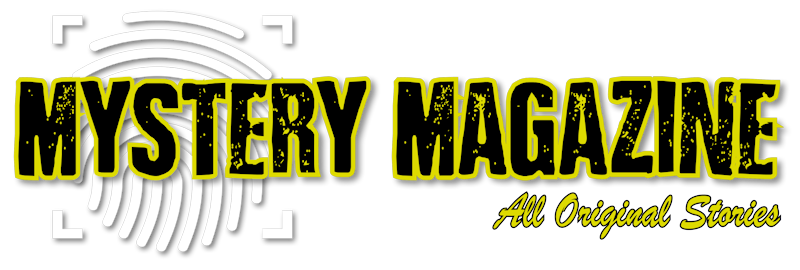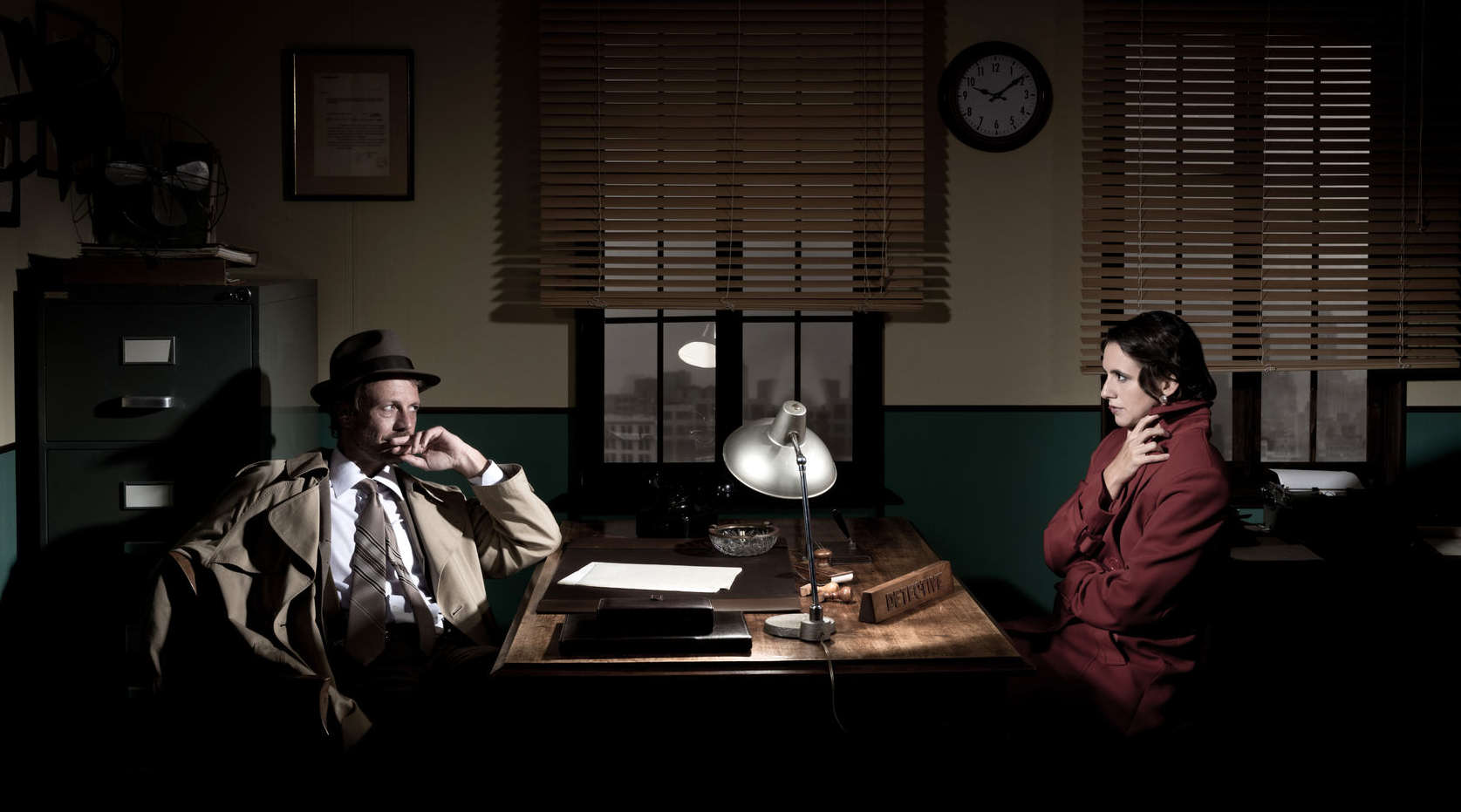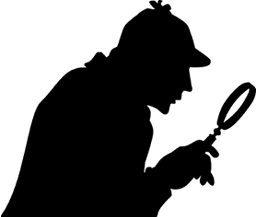

Weegee parked his maroon 1938 Chevy coupe near the 76 Club, one of several mob-run clubs in lower Manhattan. Its red and green neon sign grinned in the chilly 2:30 a.m. darkness. He jammed a fresh stogie in his mouth, pulled a 4x5 Speed Graphic from the trunk, slung his camera bag over his overcoat, and hoofed three-quarters of a block to the murder scene.
He waltzed past a knot of drunken gawkers held back by two uniformed patrolmen. No press pass for him stuffed in the band of his fedora. Every cop in town recognized Weegee the Famous.
Ahead sat a shiny black 1939 Packard touring sedan, as big as a beer truck. The driver’s window shot out. Two bodies slumped in the front seat.
Weegee’s breath caught in his throat.
Two photographers were already there, hovering around the vehicle—a big guy picking his nose and a short guy changing film holders. Both carried standard 4x5 press cameras and press passes stuffed in the bands of their fedoras. He didn’t recognize either one. Nobodies.
Yet nobodies who inexplicably beat him to the scene.
“Hey, Weegee,” said the patrolman watching over the victims’ vehicle.
“Hiya, Jack,” he replied to the big mick, the local beat cop.
“You lose your Ouija board?” needled the cop as a flashgun lit up the driver’s side of the Packard. “You’re always the first photographer on the scene.”
Weegee the Famous not only was the first photographer to a crime scene—if any other flash boys even showed up at this hour of the night—he often beat the flatfoots. He owned the night.
He yanked the stogie from his mouth. “Who are these guys?”
The cop shrugged. “Never seen ’em before. Freelancers like you.”
“When did they get here?”
“Soon after I did. I was the first uniform on the scene. The short guy got here first, the gorilla showed a few minutes later.”
“Get their names?”
“Yeah. But I forgot already. Who pays attention to photographers?” He suddenly looked chagrined. “ ’Cept you, Weegee. Everybody pays attention to you.”
Weegee stuffed the stogie back in and puffed. “No bumping off is official until Weegee the Famous takes their last picture. Always try to make ’em a nice one, too.”
“That’ll be tough tonight,” said the cop, nodding toward the bodies.
Another photographer arrived. Weegee recognized this one. Eddie Stiles, a staff photographer for the Mirror. A guy who worked days. What the hell was going on? Why all these flash boys trespassing on his turf?
He tore his eyes away and looked back at the cop. “Any ID on the victims?”
“The gawkers say the guy behind the wheel is Johnny T.”
Weegee whistled. Johnny Titone? The underboss of the Joseph Bonanno family. Not some nameless foot soldier. That would explain the swarm of photographers.
But not how they got here before he did.
“Word is he left the club minutes before gettin’ bumped off,” said the cop. “People heard shots but didn’t see the shooter.”
Of course. They never see the shooter.
“Who’s the other vic?” Weegee asked, glancing at the shadowy interior of the car.
“Dunno know her name.”
“Her? A woman?”
The cop hung his head solemnly. “Young. Supposedly a cigarette girl in the club. Poor thing. Wrong place, wrong time.” Shook his head. “That’s what you get for playing footsy with a goon like Johnny T.”
Weegee swiveled his head back and forth. “No detectives yet?”
“Ain’t seen ’em. Who knows when those guys will show?”
Weegee nodded thanks and drifted over toward the photographer from the Mirror. Eddie Stiles wasn’t wasting any time taking pictures, like he had a fire to get to or something. He snapped off a shot, grabbed a dark slide from his coat pocket, inserted it in front of the exposed sheet film, pulled the film holder out of the back of the camera, flipped it over and reinserted it, then removed the second dark slide. He unscrewed the warm flashbulb with a handkerchief, dropped it in a coat pocket, retrieved a fresh bulb from another pocket, and screwed it into the flashgun mounted to the side of the camera.
(Visit Amazon for a print version)
Digital Subscription
Future issues are emailed on the 1st of each month.



